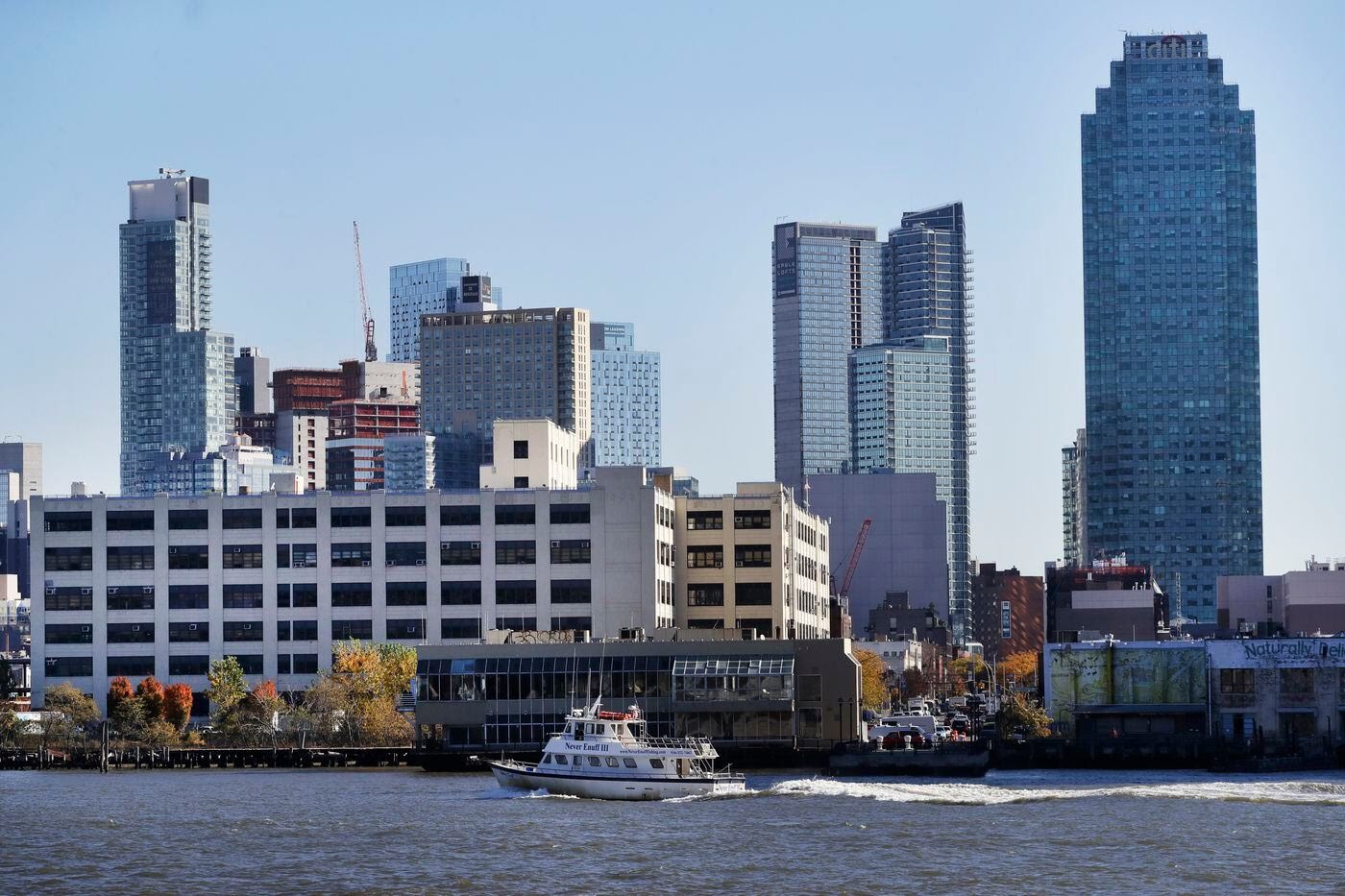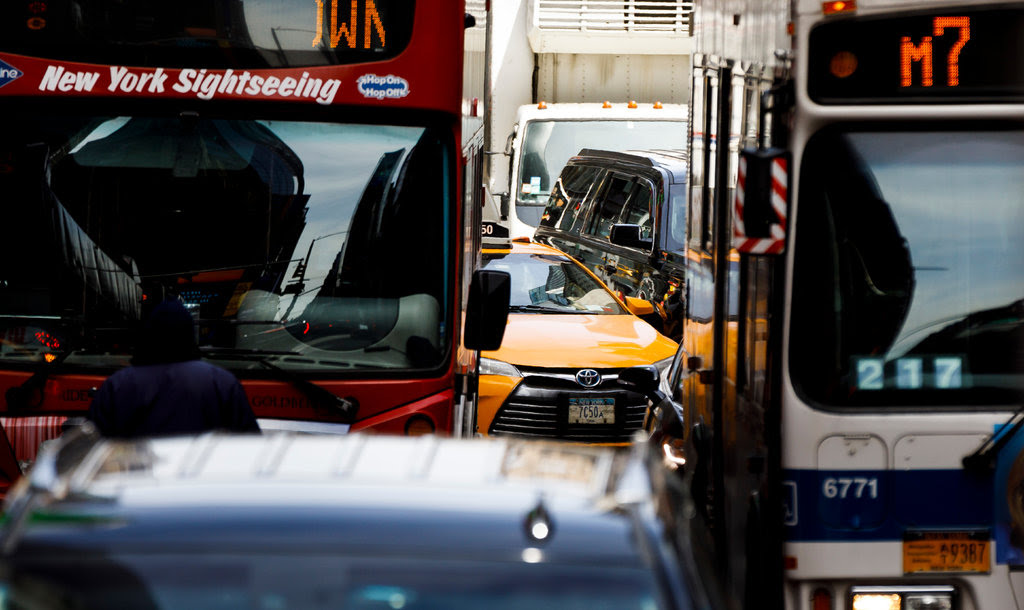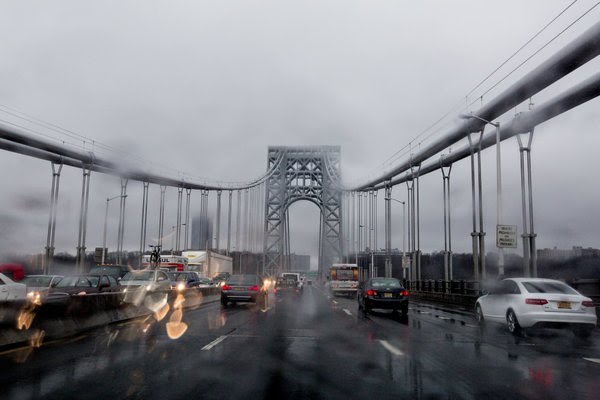- 70,049
- 24,221
- Joined
- Aug 1, 2004
Follow along with the video below to see how to install our site as a web app on your home screen.

Note: this_feature_currently_requires_accessing_site_using_safari
At this point, driving into lower Manhattan has already become impossible so they might as well. Subway better be immaculate afterward though or I'm out.I can’t wait for this to pass.
At this point, driving into lower Manhattan has already become impossible so they might as well. Subway better be immaculate afterward though or I'm out.





The amount of 1 lane streets and pedestrian plazas is crazy. There's always grid lock in midtown during business hours. Even main fares like 8th ave lost a lane.At this point, driving into lower Manhattan has already become impossible so they might as well. Subway better be immaculate afterward though or I'm out.
The amount of 1 lane streets and pedestrian plazas is crazy. There's always grid lock in midtown during business hours. Even main fares like 8th ave lost a lane.
We need to implement da bullet train and other technologies .

but it works in japan. don't tell me japanese people can do it but america 'da greatest' country on earth cant.suuuuure it worked in California..
What's a finger when it already cost an arm and a leg to own, park and insure a car in NYC.its designed to make driving as aggravating as possible. environmentalist got they're grubby hands all over this...they want you out of your car and control your movements by forcing you into mass transit...little do they know once New Yorkers get a car, they rather lose a finger than to be forced into that sardine can.
What's a finger when it already cost an arm and a leg to own, park and insure a car in NYC.












Lol brooklyn baby



Congestion pricing only charges your plates once a day. But if you use their service and cross south of 60th the app automatically charges u the congestion fee .
rosanna scotto looking good
